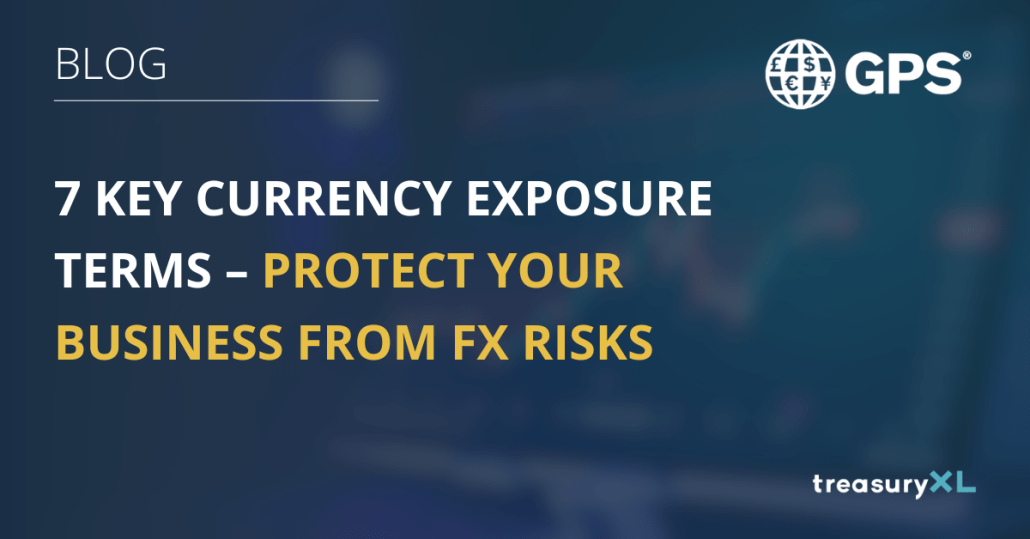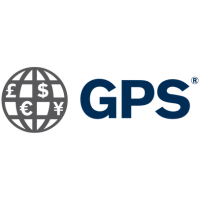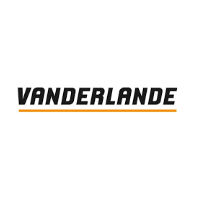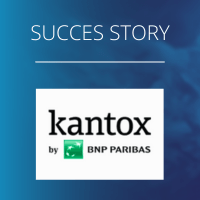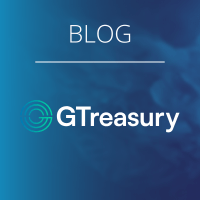When engaging in international trade, whether through imports, exports, establishing overseas subsidiaries, or making overseas investments, treasury departments play a critical role in safeguarding an organization from risk due to foreign exchange risk. So, where should you begin?
A solid understanding of key terms related to currency exposure is an excellent starting point. This knowledge will guide you as you make informed decisions for your company. To get you started we have compiled a list of top fundamental currency exposure terms and their definitions.
Defining Foreign Currency Exposure
Exposure to foreign exchange risk involves the potential for financial loss due to frequent changes in foreign exchange rates. These fluctuations can negatively impact transactions that are made in a foreign currency rather than in the company’s domestic currency.
In essence, the concern for a company is that fluctuations in foreign currency rates, on which its balance sheet relies, could influence its future cash flows due to the unstable nature of foreign exchange rates. It’s not only companies that engage directly in transactions denominated in foreign currencies that are at risk of foreign exposure; firms with indirect connections to foreign currencies also face this risk.
For instance, an Indian company competing with products imported from China would be affected if the value of the Chinese yuan drops against the Indian rupee, granting importers a cost advantage over the Indian company. This shows how companies, even without direct foreign exchange dealings, can be impacted by shifts in foreign currency values.
Foreign Exchange (FX) Hedging
Foreign exchange hedging is a strategy used by corporations to protect themselves from the risk associated with fluctuations in exchange rates. By locking in exchange rates for future transactions through contracts like forwards, options, swaps, or futures, companies can ensure financial predictability and reduce exposure to adverse currency movements.
Let’s say our UK chocolate producer expects to pay his Hawaiian supplier $100,000 in six months, it can enter into a forward contract to buy $100,000 at a fixed rate today. If the US dollar (USD) strengthens against the euro (EUR) by the payment date, the company is shielded from the increased cost, as it is already locked in a more favorable exchange rate. This practice is crucial for budgeting, forecasting, and protecting profit margins in international business operations.
To learn more about hedging instruments, including the roles and advantages of establishing a hedging program for your organization, explore the article, “6 Benefits of Incorporating FX Hedging Solutions.”
Derivatives
The term derivative refers to financial instruments whose value is derived from an underlying asset, such as stock, bond, or currency. In the currency market, these instruments allow corporate treasurers to hedge against foreign exchange risk, ensuring that currency fluctuations do not adversely affect the company’s finances. Common types include forwards, options, futures, and swaps.

Types of Derivatives
Currency Forward Contracts
A currency forward contract is a binding agreement between two parties to exchange a specific amount of one currency for another at a predetermined exchange rate on a specified future date.
For example, the treasurer of a US company that expects to pay a European supplier €1 million in three months for goods imported from Europe, may choose to hedge against the risk of the euro appreciating against the dollar by using a forward contract to lock in today’s EUR/USD exchange rate for the transaction. By doing so, the company knows exactly how much it will pay in USD, regardless of future exchange rate fluctuations, aiding with its financial planning.
Currency Swaps
Imagine you are a Canadian company, needing Japanese yen (JPY) for an invoice due to a Japanese supplier in six months, but currently holding Canadian dollars (CAD). After locking into a forward contract, you determine that the supplier is going to be late delivering the product by 30 days. You can enter an FX swap by exchanging CAD based on the current spot rate and agree to extend the transaction by 30 days prior to the contract expiring. This swap allows you to hedge against the risk of JPY appreciating against the CAD over the next three months, while also giving you the flexibility to change the payment date, ensuring you know the exact cost of your future payment.
Currency swaps involve two simultaneous transactions: exchanging a specified amount of one currency for another at a spot rate and reversing the exchange rate at a predetermined future date and rate. This tool helps in hedging against exposure to currency fluctuations and securing short-term funding in a different currency without impacting the balance sheet.
Currency Options
A currency option, also known as an FX option, is a financial instrument that gives the holder the right, but not the obligation to buy or sell money denominated in one currency into another currency at a pre-agreed exchange rate, or strike price, within a specified period.
For instance, an Australian company that expects to pay $1 million in New Zealand dollars NZD in six months for goods from New Zealand, is concerned the Australian dollar (AUD) might weaken against the New Zealand dollar (NZD), increasing costs. The treasurer may buy an FX option to lock in a current exchange rate of 1.10 AUD/NZD for $500,000 NZD. If in six months, the AUD/NZD rate worsens to 1.20, the company can exercise the option, saving money by paying at the locked-in rate. If the AUD strengthens, say to 1.05, they can let the option expire, paying at the better market rate, with the option’s premium as the only cost for this price protection.
Currency Futures Contracts
FX futures contracts are standardized agreements to buy or sell a currency at a predetermined price on a specified future date. These contracts specify the currency amount, exchange rate, and settlement date. As all contract terms are standardized, a company has much less flexibility when using futures contracts.
FX forwards and futures are similar in that they allow a company to lock in a price at which a currency will be exchanged at a future date, and both have prices derived from some underlying asset. However, FX futures are standardized contracts traded on exchanges, and have daily settlement, and margin requirements to ensure the integrity of the contract, and to manage counterparty risk.
How to Select the Right Hedging Strategy?
Companies leverage a combination of financial instruments at their disposal to hedge against currency risk, enhance budgeting and cash flow management, and to safeguard their company’s balance sheet from exchange rate volatility.
“This year we have saved an excess of $6 million dollars in currency fluctuations with GPS’ balance sheet hedging program. It has added more security and consistency to what we are expecting month-to-month with our currencies.”
– Sam L. Senior Treasury Analyst, Life Sciences Industry, USA

